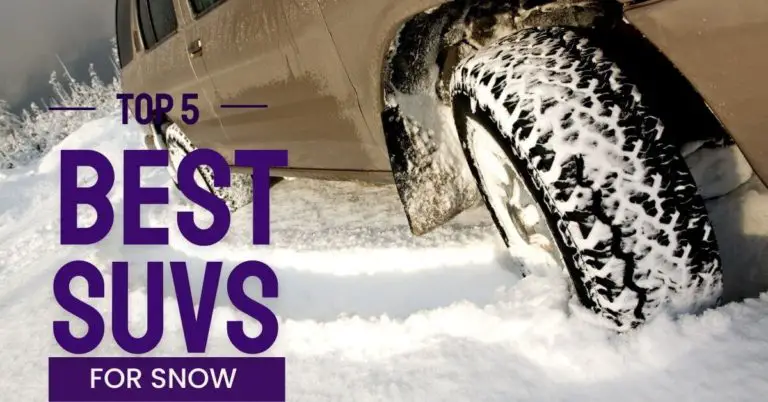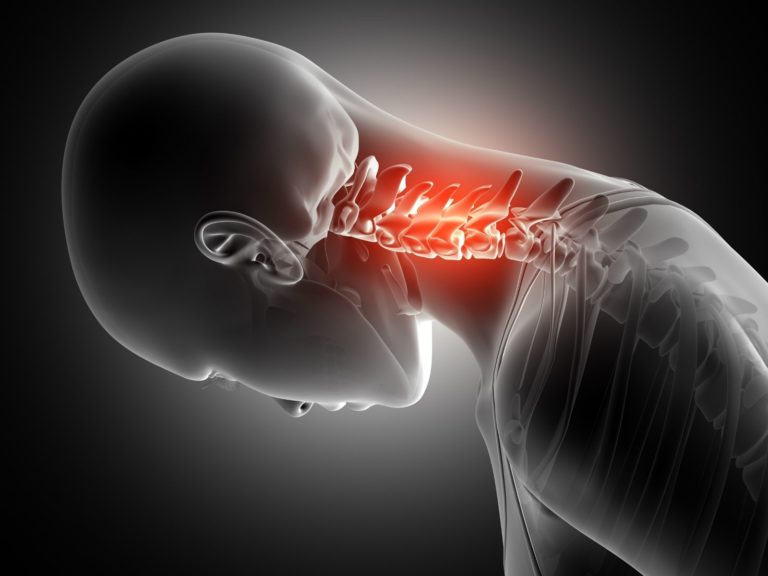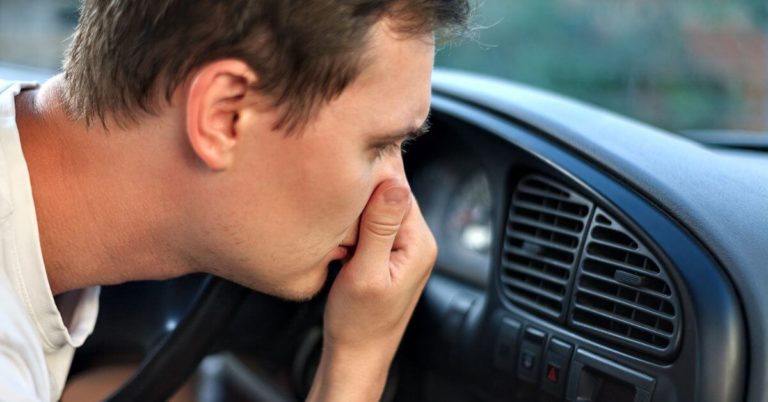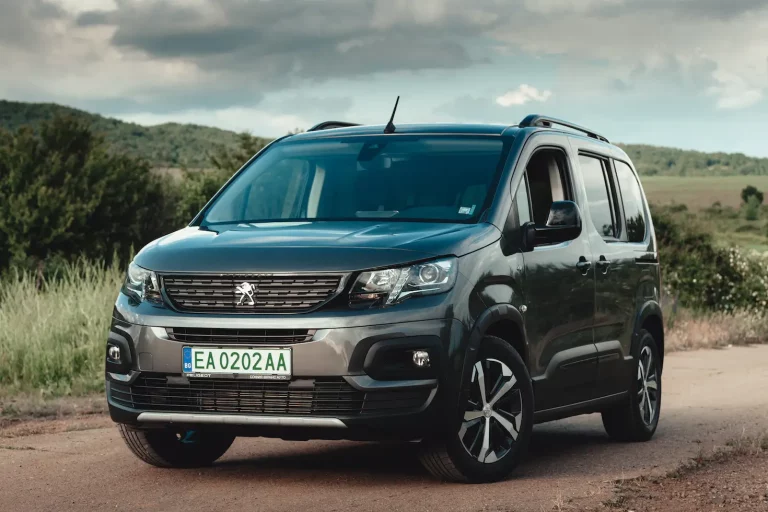Quietest Touring Tires – 5 Best Options
Just one squeak…skkkkrrrrrrttt. That piercing, high-pitched cry shatters the blissful peace you enjoyed on the open highway.
Suddenly, your smooth cruise feels more like torture as every minor groove in the pavement gets amplified tenfold into an endless noise-cacophony.
No matter how loud you blast the music, each bump and rumble gets translated directly into your eardrums.
Yet escape can be found! Until the roads are paved with a coating softer than silk and smoother than Kenny G’s sax melodies, the secret lies underneath, where the rubber truly meets the road.
Seek out the touring tire gurus crafting the most noiseless, plush, and harmonious rides through advanced compounds, tread designs, sound insulation, and rigorous testing.
Only then can actual open-road musical enjoyment return as you glide, emitting a decibel.
This guide lifts the veil, concealing the touring tire industry’s most muting innovations and manufacturing masters.
Discover silent bliss key facts like:
- What makes a touring tire hush-hush
- Top brands pioneering noiseless tech
- Hushed reviews of Michelin, Continental, Goodyear and more
- OEM-matching sizing advice
- Budget-friendly options still granting acoustic asylum
So whether you drive an SUV, minivan, crossover, or sedan, use this resource to upgrade to supremely quietest touring tires that preserve relaxing scenic travel.
Table of Contents
Overview of Touring Tire Noise Testing
As you research quiet touring tires to purchase, you’ll encounter noise ratings from brand systems like Michelin’s Sound Grading or Goodyear’s Comfort Level.
But what do these scores mean, and how are they derived?
Understanding tire noise testing helps you interpret comfort claims and guides your search for quiet touring models using rating methodologies…
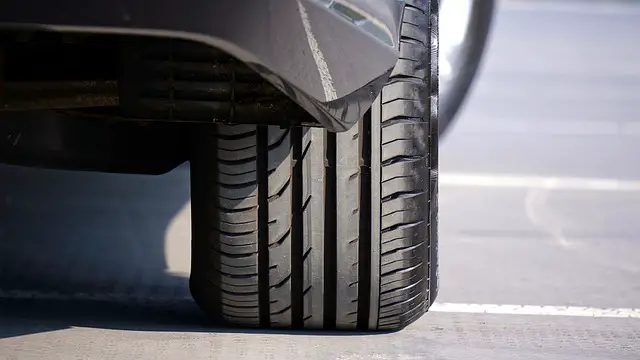
Tire Noise Testing Methodologies
There are two main testing procedures for rating tire noise levels:
- Controlled lab testing: Measures sound levels with precision instruments
- Open road testing: Emulates real-world driving conditions
Let’s break down the equipment, process, and metrics further…
Lab Testing Gear & Procedure for Noise
Controlled tire testing in labs generates pure acoustic data, eliminating variables to gauge inherent noise under perfect, repeatable conditions.
Standard measurement configuration:
- Large testing drum matching tire width
- Microphones at the tire-drum contact point
- External soundproof rooms prevent interference
- Acceleration braking profiles emulate real-world forces
Equipment Used:
- Acoustic anechoic chambers
- Decibel meters
- Tachometers measuring acceleration
- Infrared temperature sensors
- Advanced computer analytics
Testing captures dimensions of noise:
- Loudness: Overall sound pressure in decibels
- Harshness: Pitch tonality and frequency changes
- Liveliness: Random amplitude peaks
Michelin pioneered their Sound Grading system, factoring these metrics into a comfort rating score.
Road Testing Noise in Real-World Conditions
While lab measurements gauge baseline acoustic properties, testing tires under actual driving conditions on various road surfaces is crucial.

Road testing configurations:
- Vehicles instrumented with interior noise mics
- Coast-by tests with stationary mics along the route
- Specialized trailers to isolate tire sources
Public roads introduce actual variables impacting noise:
- Surfaces: Concrete, coarse chip seal, grooved pavement
- Speeds & Forces: Acceleration, cornering, braking, obstacles
- Conditions: Rain, heat effects, stone retention
Michelin Sound Grading Comfort Rating System
In 1989, Michelin introduced their innovative proprietary Sound Grading metric – a 0-100 index rating modeling human noise perception by factoring lab & road data measuring:
- Overall loudness in decibels
- Harshness – frequency & pitch
- Liveliness/random peaks
A perfect score of 100 indicates extremely quiet performance, with most tires scoring 65-85.
Tuning tread blocks using Tuned Performance Indicators helps Michelin optimize tone. Technologies like Comfort Control soften vibrations for premium silence.
As the pioneer in engineered sound reduction, Michelin quiet touring tires like the Primacy Tour A/S achieve 100 ratings, setting the benchmark.
Key Tire Design Factors That Reduce Noise
Many intricate tire design characteristics significantly impact noise levels during cruising. Understanding these engineering elements helps guide selections.
Optimizing Tire Design Attributes for Hush Cruising
Various physical tire composition factors affect noise production:
- Tread pattern: Pitch sequence, lug variance, spacing
- Siping: Thin slit width/depth to meter air
- Compound: Softer rubber damps rather than transmits
- Stiffness: More flexible sidewalls/contact patch
- Construction: Cushion gum strips, foam liners
Ideally, engineers balance quiet traits with longevity, grip, and handling:
- Contact patch needs rigidity for response
- Compounds must resist wear
- Deep water channels aid wet traction
- Stiff sidewalls prevent distortion
Michelin’s Comfort Control couples tuned tread with flexible absorbed casing for premium quiet without compromising performance.
Tread Pattern Design Factors
- Pitch sequence/frequency
- Lug count, spacing, size variance
- Symmetrical non-directional pattern
- Groove angle, shape, depth
- Variable edge ratio sequence
Pitch sequence is a crucial determinant of noise tone/frequency. Distinct lug sizes radiate certain sound wavelengths when striking the pavement.
Sequenced in certain patterns, tones either amplify or cancel out.
Michelin tunes sequence using Tuned Performance Indicators modeling. Optimized pattern rating is the #1 determinant of a quiet tire.
Properly Caring for Tires to Maintain Noise Reduction
While advanced engineering minimizes noise in top touring tire models straight from the factory, without proper ongoing maintenance, noise increases over time as tread wear and balance fluctuates.
Impact of Improper Care & Imbalance on Noise
Incorrect maintenance leads to elevated noise:
- Irregular treadwear: Creates harmonic vibration
- Poor rotation: Focus wear exaggerates noise design imbalance
- Out-of-balance: Static & dynamic imbalance creates thrum
- Misalignment: Causes erratic tread clutching
Fixing these issues requires:
- Regular rotation according to schedules
- Precision balancing using advanced equipment
- Wheel alignment adjustment
Let’s break down the specifics of tire rotation and balancing…
Step-by-Step Tire Rotation Guide
Rotating tires between wheel positions at regular intervals promotes even treadwear, essential for maintaining quiet performance.
Recommended rotation schedules:
- Regular service – Every 6,000–8,000 miles
- Heavy service – Every 3,000–4,000 miles
Also, get the alignment checked with each rotation to prevent uneven wear.
Wheel Balancing & Alignment Needs
Out-of-balance tires amplify noise through thrumming vibration and premature wear.
Common causes:
- Tire/wheel manufacturing defects
- Mounting issues
- Damage
- Treadwear
- Improper weights
Advanced computer balancing with smart weights maintains precision equilibrium essential for smooth, quiet riding. Traditional spin methods need to be improved.
Alignments are also critical, ensuring proper tracking to distribute friction evenly. Misalignment causes noisy, irregular wear as tread clutches and releases.
Now that you understand key engineering advancements, testing ratings, design factors, and maintenance needed to preserve quiet comfort, let’s review the top touring tire models optimized for silence…
Detailed Reviews of the 5 Quietest Touring Tires
Using our guide above, interpreting lab testing methodologies and design characteristics that reduce noise,
These models rise to the top as the quietest touring tires, combining advanced comfort engineering with overall solid performance:
1. Michelin Primacy Tour A/S
As the pioneer of the touring category engineered for quiet cruising comfort, Michelin remains the leader in silence.

The Primacy Tour A/S achieves a perfect 100 rating in their rigorous Sound Grading metric thanks to innovations like:
- Tuned Performance Indicators metering pitch sequence
- Comfort Control sound-dampening technology
- Variable wheel/shoulder siping
- Cushioned casing liner absorbers
Delivering a flawless balance of quiet touring luxury with 70k mile durability and all-season performance, the Primacy Tour A/S sits atop any list of the quietest touring tires, combining comfort with value.
2. Continental PureContact LS
Continental matches Michelin in their advanced acoustic engineering, coming close to that coveted 100 rating at 94 points.
PureContact LS enhances include:
- Active Comfort Technology tuned casing
- Comfort Ribs siping pattern lowers frequency
- Revolutionary BlackChili rubber compound innovation
- 70k mile warranty

While a touch behind Michelin in ultimate comfort and priced at a premium level, improvements in handling, traction, and responsiveness make it tempting for drivers wanting comfort without any performance compromise.
3. Pirelli Cinturato P7 All Season Plus
Pirelli also utilizes sophisticated sound absorption and deflection technologies to achieve a 91 score in independent lab comfort rating.
Signature techs include:
- Sound Absorbing System muffler band
- High Silica + Carbon softer compound
- MOD technology for handling/stability
With 65k mile warranty protection and traction for all seasons, the Pirelli is an intriguing value player with its well-rounded blend of strong wet/dry performance and all-day cruising luxury.

While a notch below the top two models in noise reduction, improvements in grip and steering precision compared to earlier generations balance out comfort with capabilities.
4. Bridgestone Turanza QuietTrack
Although at a significantly lower price point positioning more mainstream than premium Grand Touring,
Bridgestone leverages excellent pattern tuning and compound refinement in the Turanza QuietTrack to punch above its weight with impressive comfort.
- Computer-optimized non-directional tread design
- Variable-width lateral and circumferential grooves
- ComfortCruise Technology coupled casing

The Bridgestone presents outstanding value, targeting budget-focused drivers unwilling to compromise ambiance, earning an above-average score of 86 comfort rating, balancing acoustic isolation with 65k mile durability and solid control in the wet and dry.
5. Goodyear Assurance ComforTred Touring
Rounding out the top models balancing quiet traits with strong service life, dry/wet versatility, and prime touring control is Goodyear’s advanced comfort chemistry Assurance line.
Though Comfort Level ratings aren’t publicized, improvements include:
- New pitch sequence algorithms
- Variable stiffness tuning
- Active Braking Technology
- 70k mile warranty
Delivering heightened focus on cushioning ride vibrations without sacrificing response or turn precision thanks to MaxLife tread compound and multi-layer liners, the ComforTred Touring provides a competitive budget option for Grand Touring needs at a reasonable price backed by a solid brand name.

Now that you have expert knowledge on testing, design, and maintenance behind the quietest tires, apply these insights while shopping for supreme comfort!
If you would rather go with all-season tires, check my article here
FAQs on Finding the Quietest Touring Tires
What design improvements create quiet tires?
Variable pitch tread sequencing, tuned casings, sound-dampening rubber compounds, absorption liners, and asymmetric tread patterns.
Should I buy based on warranty length alone?
While longer treadwear protection reflects compound durability, examine total value balancing longevity, noise reduction, wet/dry traction, and ride feel.
Is ride comfort and noise optimized in all grand touring models?
Not necessarily – balance price tier with priorities. Budget touring lines focus more on warranty tread life and mainstream all-season versatility over specialized acoustic tuning.
How much testing data is published on sound levels?
Due to competitiveness, most ratings are internal manufacturer metrics. Independent testing is rarely publicized but influences brand systems.
Do loud tires pose any safety hazards?
They can indicate issues needing correction – imbalance, wear irregularities, damaged belts/cords. Always inspect thoroughly and resolve underlying causes.
Will rotating and balancing make a difference?
Maintaining precise equilibrium as the rubber wears minimizes vibration and component strain that amplifies sound.
Conclusion
In conclusion, choosing the quietest touring tires is essential for a peaceful and enjoyable driving experience.
By incorporating advanced noise-reduction technology, these tires can significantly minimize road noise, allowing you to appreciate your journey’s tranquility fully.
To explore more insights on enhancing your driving experience, including tips on purchasing quiet all-season tires, visit our Auto Insights page at Spot For Cars.
Embrace the quiet revolution on the road and elevate your driving adventures to a new level of serenity and comfort.


